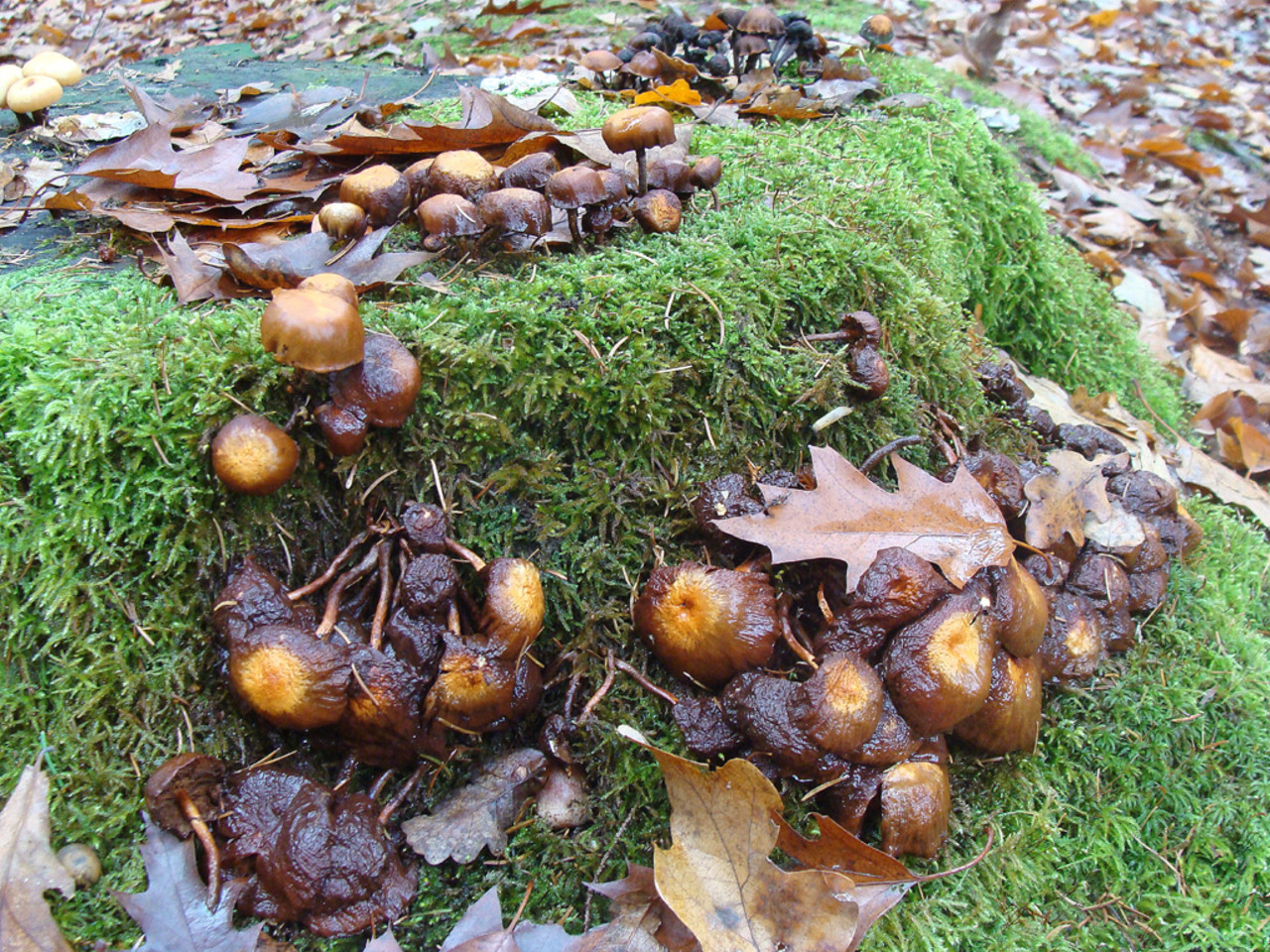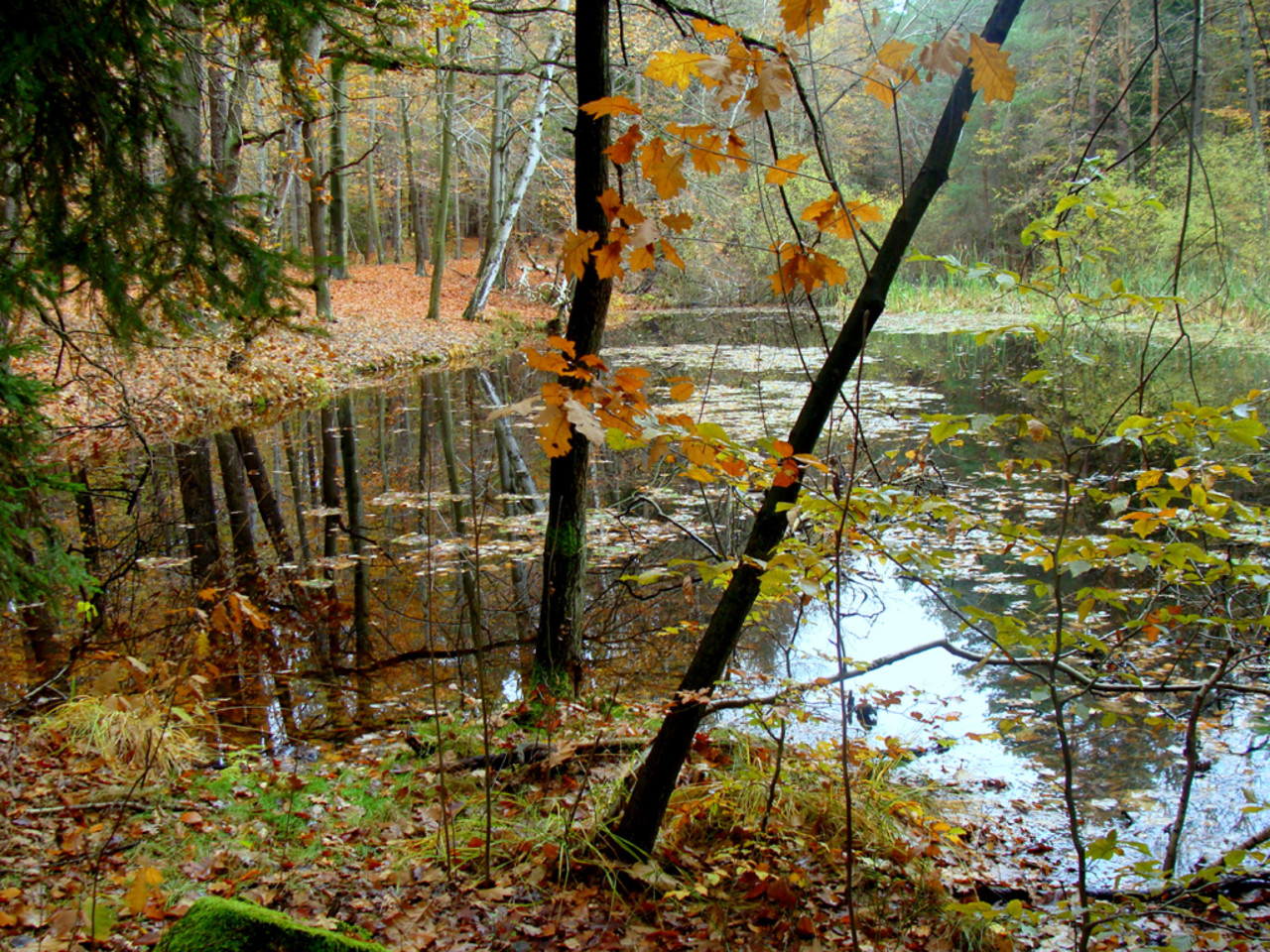
Wine Tasting
Wine Tasting
Why is wine tasting fun?
Wine tasting is a delightful expertise for several reasons:
Exploration of Flavors: Tasting totally different wines allows people to explore a wide range of flavors, aromas, and textures, every unique to its origin.Social Experience: Wine tasting is commonly a social occasion that brings people collectively, making it a fun way to join with pals or meet new people.Education: Participants learn about the wine-making course of, grape varieties, and regional characteristics, enhancing their appreciation for the beverage.Pairing Opportunities: Tasting wines alongside complementary foods can heighten the flavors and create a more enriching expertise.Sensory Engagement: Engaging all senses—sight, odor, style, and even touch—creates a dynamic and memorable experience.Ultimately, wine tasting combines enjoyment, studying, and social interplay, making it a fascinating exercise for enthusiasts and novices alike.

Is wine tasting a skill?
Wine tasting is certainly a skill, one that can be developed and refined over time. It goes beyond merely sipping wine; it includes a deep understanding of varied elements such as aromas, flavors, and the general expertise of wine.
The Components of Wine Tasting Skill
Several key parts contribute to the ability of wine tasting:
Smell: A good portion of style comes from aroma. Trained tasters can establish totally different scents that affect the flavor profile.Taste: Beyond just figuring out flavors, skilled tasters can discern the balance of acidity, sweetness, bitterness, and other taste elements.Knowledge: Understanding grape varieties, areas, and winemaking strategies enhances the tasting expertise and permits for more knowledgeable judgments.Experience: Regular tasting helps develop palate recognition, making it easier to identify particular nuances in wines.Why Practice Matters
Like any talent, the more one practices wine tasting, the better they turn into. Participants in wine tastings be taught to articulate their ideas and OP experiences, which might significantly improve their analytical abilities in evaluating different wines.
In conclusion, while anyone can enjoy wine, mastering the artwork of wine tasting is a skill that requires dedication and apply.
What is the tasting process?
The tasting process of wine involves a systematic strategy to evaluate its qualities, including appearance, aroma, taste, and end. Here is a breakdown of the method:
1. Look
Begin by examining the wine's appearance:
Color: Observe the color, which can provide clues concerning the grape selection and age.Clarity: Check for clarity and brilliance, indicating the wine’s quality.Viscosity: Swirl the wine and note the tears or legs that kind on the side of the glass.2. Smell
The aroma is important for identifying the wine’s profile:
Initial Scent: Take a moment to odor the wine earlier than swirling it.Aeration: Swirl the wine gently to launch its aromas, then take a deep sniff.Aroma Levels: Identify the completely different notes—fruity, floral, natural, or oaky.3. Taste
Now it's time to style the wine:
 First Sip: Take a small sip and let it sit in your palate.Structure: Evaluate the balance of acidity, sweetness, and tannins.Flavor Profile: Notice the flavors and complexity, figuring out particular fruit, spice, or other notes.
First Sip: Take a small sip and let it sit in your palate.Structure: Evaluate the balance of acidity, sweetness, and tannins.Flavor Profile: Notice the flavors and complexity, figuring out particular fruit, spice, or other notes.4. Finish
Finally, assess the finish:
Length: Determine how long the flavors linger after swallowing.Aftertaste: Note whether the aftertaste is nice and what flavors stay.By following these steps, wine enthusiasts can recognize the varied attributes of every wine, enhancing their general tasting expertise.


Reviews